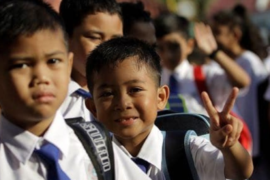When should you start potty training? It’s an important question, and no parents will have the same answer. When it comes down to it, there is no set “right time” to potty train your children.
Potty training varies for every family and every child. But once you observe some potty training readiness behaviors, you’ll know it’s time to move forward with your family’s potty training adventure.

Signs of Readiness for Potty Training
Whether your child begins potty training sooner or later, he or she will give you cues on “when it’s time.” They begin to show signs of developing independence, and they are eager to please. Now is the time to begin actively looking for these indicators of potty training readiness.
If your child exhibits two or more of the following behaviors, it is a good signal that they are ready to begin potty training:
1. Your child shows an interest in learning to use the potty and wanting to be more independent. For example, he might show interest by asking questions if he sees a family member going to the bathroom.
2. Your child can understand and verbalize words about using the potty. For example, he might say “my diaper is dirty” or “I need to go pee-pee.” He might even tell you he needs to go potty even if his diaper is already dirty or wet.
3.Your child can make the connection between having the urge to pee or poop and going to use the potty.
4. Your child can follow simple instructions and likes to copy your behavior, including bathroom habits.
5. Your child can get on the potty, stay on the potty long enough to pee or poop, and get off the potty.
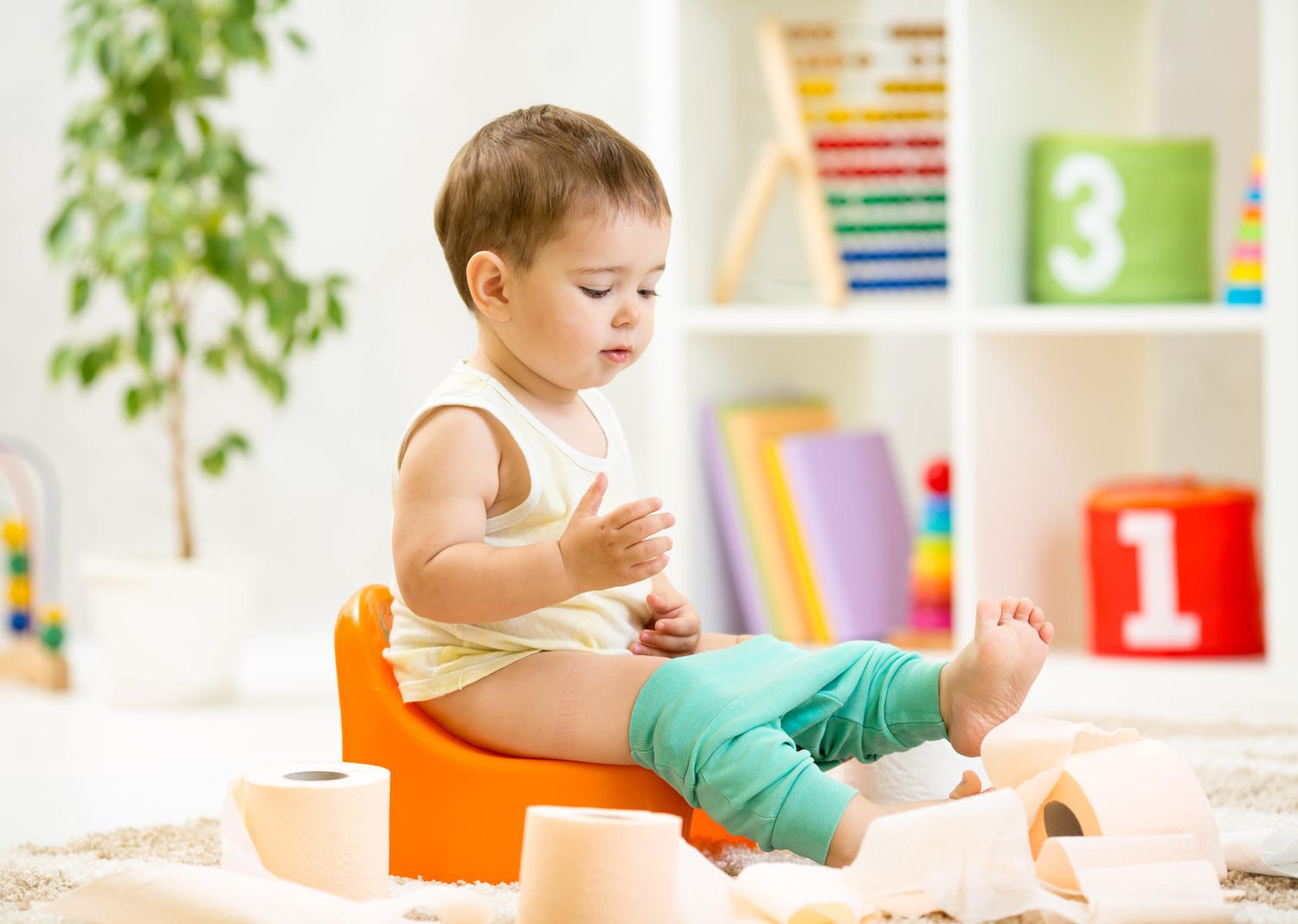
When Will Your Child Be Ready for Potty Training?
Although early training is possible, studies show that many children who begin potty training before 18 months aren’t completely trained until after the age of 4. In contrast, children who don’t start training until around the age of 2 are likely to be fully potty trained before they turn 3.
Girls tend to be ready to potty train a little earlier than boys, but the readiness signs for both boys and girls are the same.
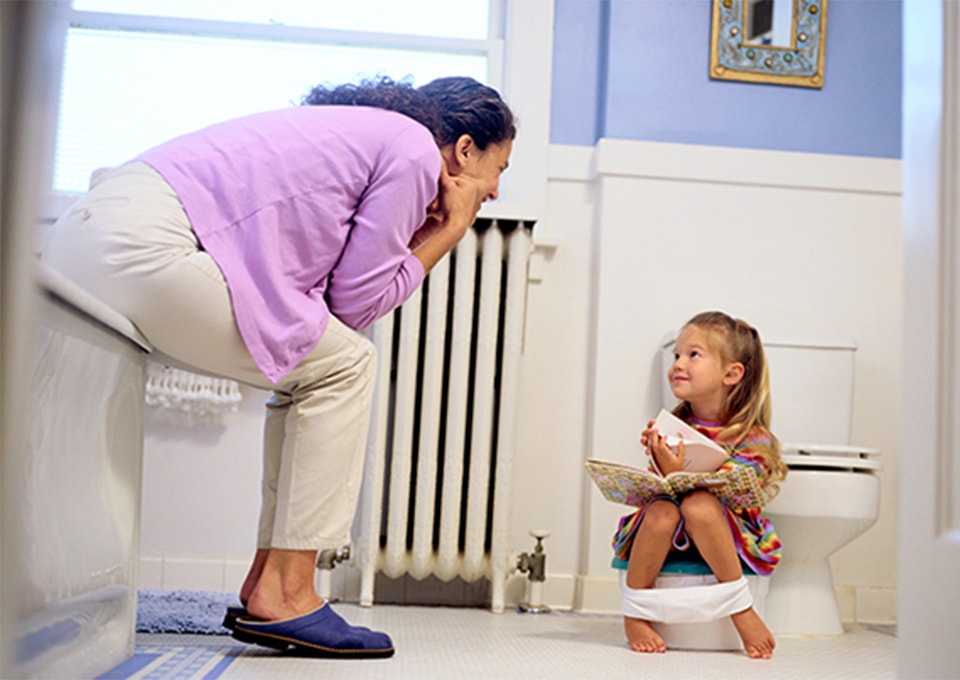
Things You Can Do to Prepare Your Toddler for Potty Training.
There are actions you can do to prepare your child for potty training and make the experience successful even before you notice signs of readiness.
Taking care of some of these pre-potty training steps may help your child become acquainted with the concept of the potty before training begins. It may also make the procedure less frightening and perplexing for your child, making toilet training your child easier for you.
Here’s what you can do to prepare your child for potty training:
- Get a potty chair to keep around the house, explaining in simple terms what it’s for and how it works. When you’re choosing your child’s potty seat, perhaps you can let your child pick one he likes to help him get more excited about the potty.
- Use words like “pee pee” and “poop” to familiarize your child with what’s happening when you’re using the toilet or when you’re changing a dirty diaper.
- As your child gets a bit older and closer to actual potty training (and you’ve spotted some of readiness signs mentioned above), show him where the poop from his diaper goes, and let him put it in his potty or flush it down the toilet.
- Remember the basics of being a good coach for your potty trainer and keep things motivating right from the start by being patient, positive, and consistent.
- Focus on what your child does right. Stay upbeat. You’ll make it smoother, simpler, and more rewarding for both of you.
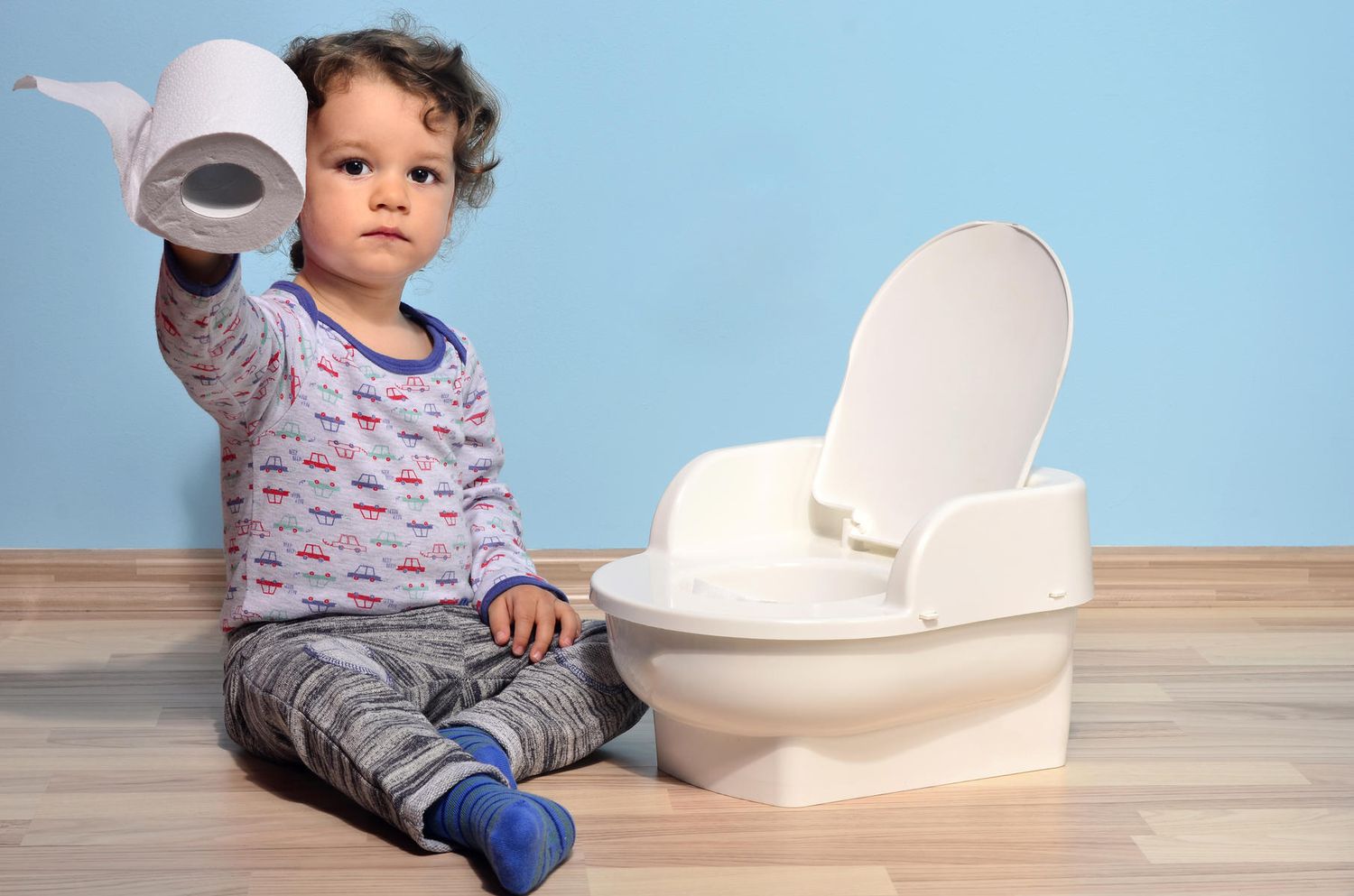
How to Start Potty Training?
When you’ve witnessed the majority of the above-mentioned symptoms of preparedness, it’s time to begin potty training.
Begin with bowel training, which focuses on toilet training when your child is pooping or about to poop. Because peeing normally occurs concurrently with feces, young toddlers frequently have difficulty distinguishing between the two. Once bowel training is established and your kid is consistently pooping in her potty chair, most children, especially girls, will begin to associate pooping with peeing and will be able to distinguish between the two.
Boys typically learn to pee while sitting down since you will begin toilet training with an emphasis on bowel training. They can, however, progressively learn to perform it standing up. Imitating an older sibling of the same gender, or perhaps Dad can assist him in learning.
If you began prepping your child for potty training ahead of time, you most likely already have a potty chair at home.
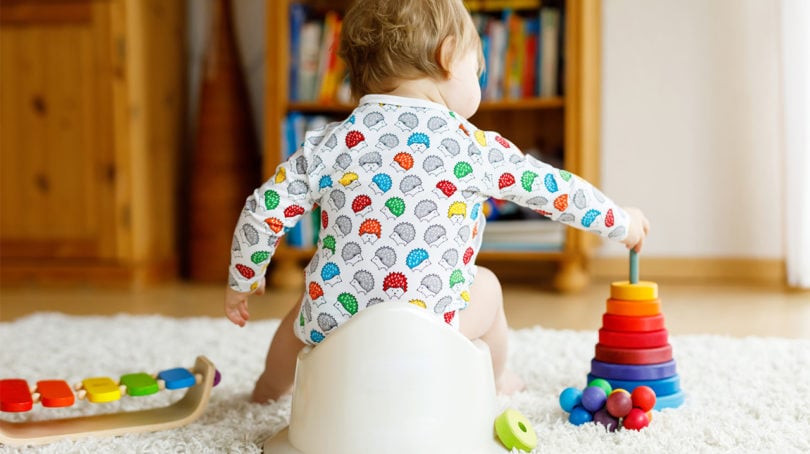
The First Steps of Potty Training
Once your child is familiar with “their” potty chair, these are some steps you can take to start potty training:
- Let your child sit on her potty fully clothed while you talk to her about the potty and what it’s for.
- Once your child is sitting on the potty by herself without being prompted, you can try getting her to sit there with her diaper off. Don’t make your child sit on the potty if she doesn’t want to.
- When she’s comfortable with that routine, try changing her diaper while she’s on the potty. If she pooped, show her how you drop the poop into the potty chair or the toilet.
- Introduce the habit of handwashing every time your child gets off the potty, even if she didn’t pee or poop.
An important thing to remember is to keep the experience positive and praise your child for all her potty successes. If you can make potty training fun, your little one will have an easier time making this transition.
When to Delay Potty Training
Trust your instincts on whether or not the time is right to launch into potty training. Even if your toddler is showing signs of being ready for potty training, you might want to put off introducing this new skill in the following situations:
- If your child is sick
- If you’re in the middle of traveling
- Around the birth of a sibling
- If your child is transitioning from the crib to a bed
- If you’re moving to a new home.
Conclusion
If your child is ready for this next step toward independence, starting potty training can be a great learning experience. Although accidents will occur along the road, remaining patient and positive will help your child learn more quickly and with fewer complications. Have fun and best of luck!




